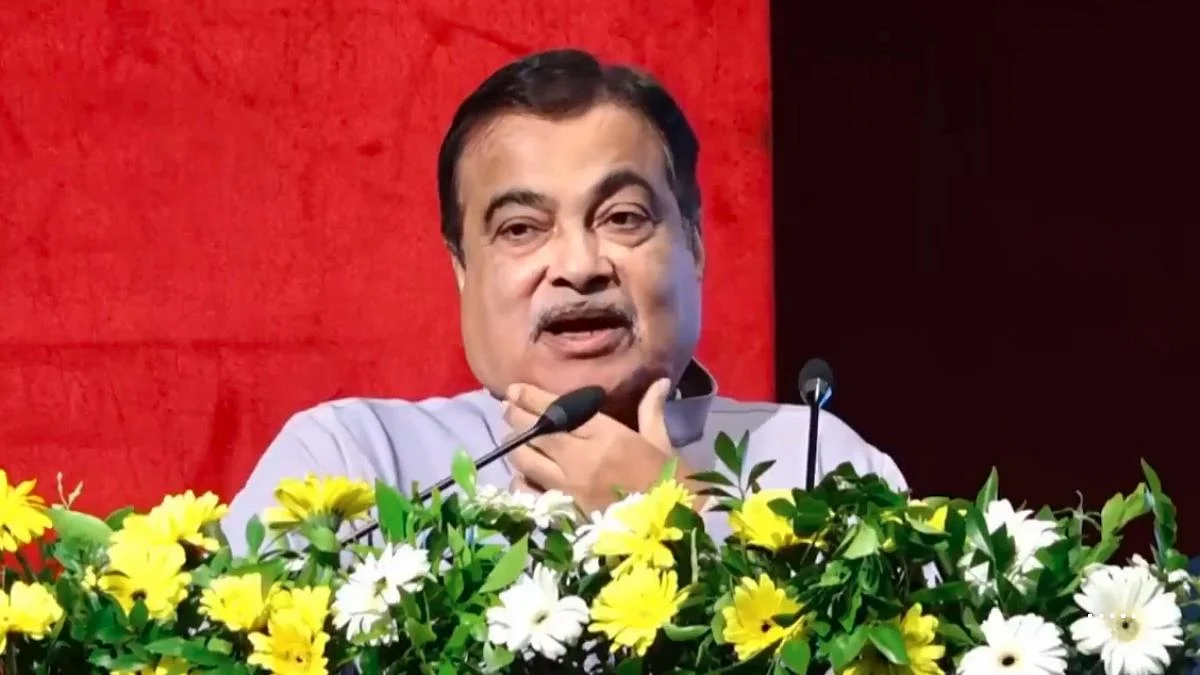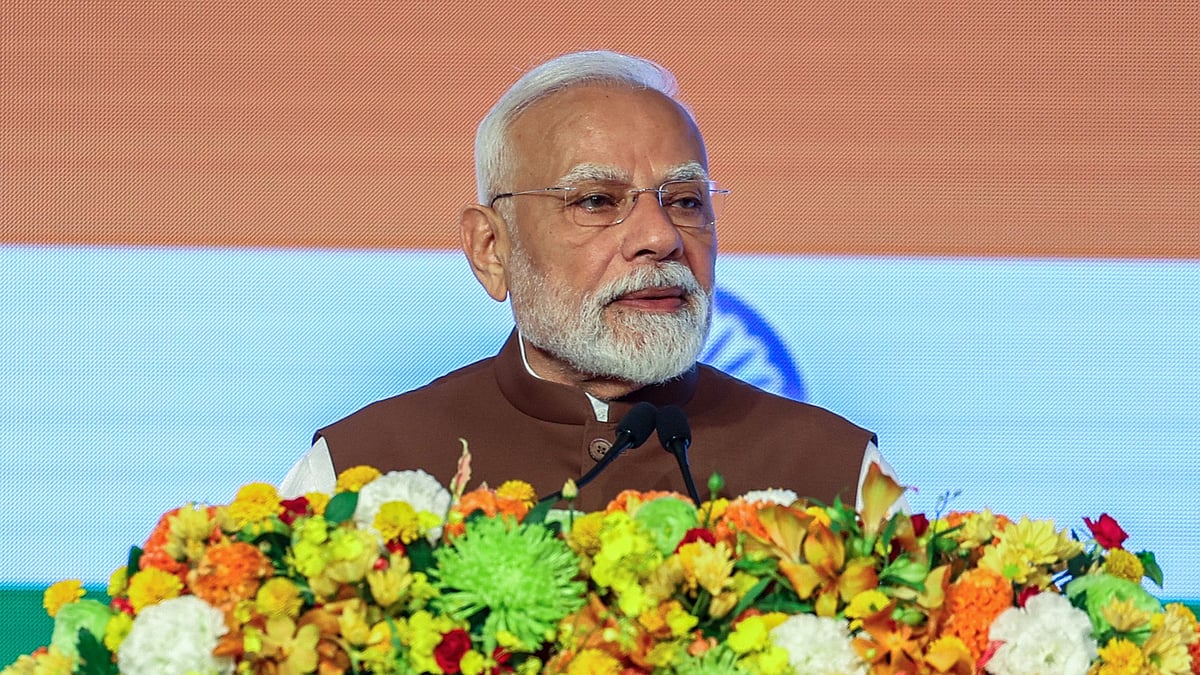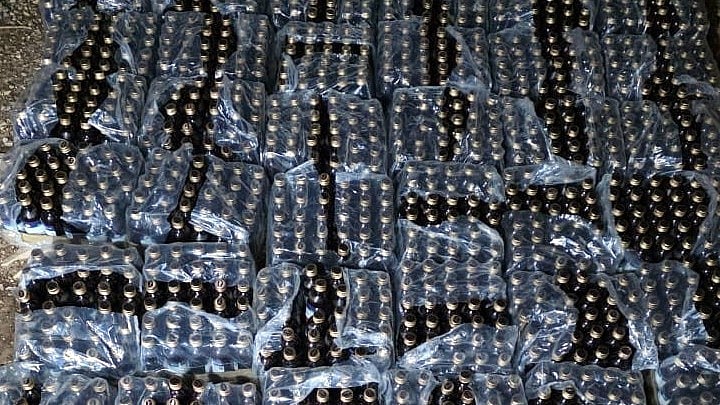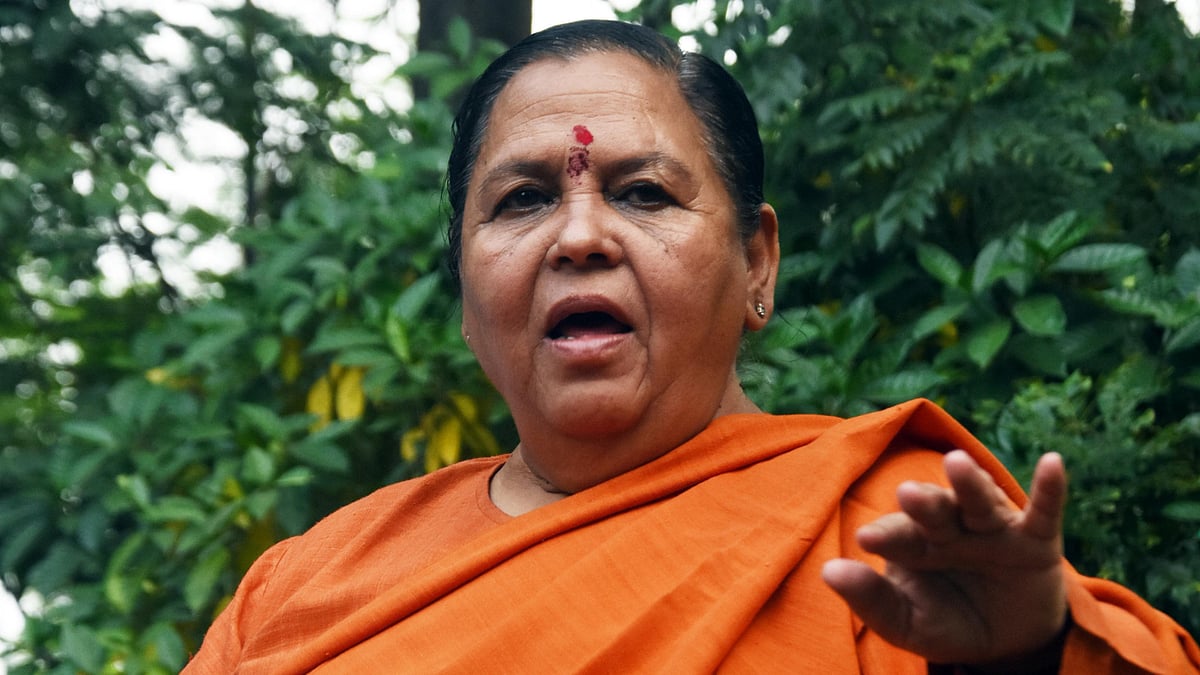Bhopal (Madhya Pradesh): The Archaeological Survey of India (ASI) has launched a new project to determine the exact antiquity of the Bhimbetka rock shelters. The project seeks to date the UNESCO World Heritage site from both the geological as well as the archaeological perspectives.
The Bhimbetka Rock shelters in the Raisen district of the state is the oldest archaeological site in the world. “These shelters were formed at least 54 crore years back, when humans were yet to appear on this earth,” Superintending Archaeologist of the Bhopal Circle of the ASI, Manoj Kumar Kurmi told the Free Press. He is directing and supervising the project.

About 40 lakh years back, the prehistoric man discovered these shelters and made them his home. The rock shelters were lost in deep forests till they were discovered by Vishnu Shridhar Wakankar, an archaeologist of international repute in 1957. In 2003, UNESCO awarded it the status of World Heritage Site. “No archaeological remains got the World Heritage status so soon after their discovery,” Kurmi said.
Relative dating done earlier as well
The study seeks to reconstruct the Palaeo-environment of the place with the help of artefacts and eco-facts, to understand the geological formation of the shelters, their impact on human evolution and further impact on artefacts and paintings as also the relations between humans and ecology, Kurmi said.
He said that dating of Bhimbetka shelters was done earlier also. “But the difference is that while earlier relative dating was done, now we are attempting absolute dating,” he said. Absolute dating provides a specific year for the occupation of a site whereas relative dating tells us how old something is in relation to other objects.
The dating process is a delicate and time-consuming operation, which is completed in several stages - micro contouring, layouting, plotting, digging, photography and scripting. The samples are then sent to a laboratory for dating. “We have to ensure that light does not fall on the samples so an equipment that sucks out soil without exposing it to sunlight is used,” he said.
Results important for UNESCO
The digging is being done at a spot 500 metres away from the visitors’ trail. “It will continue till we strike bedrock or natural soil,” he said.
Kurmi said that it would be a while before the process is complete. “Everything has to be done very carefully and is time-taking,” he said, adding that the results of the project would be important for UNESCO, too. Work under the project was inaugurated by regional director of the ASI, Bhuvan Vikram, on January 18. ADG, ASI, Alok Tripathi also visited the site recently.











